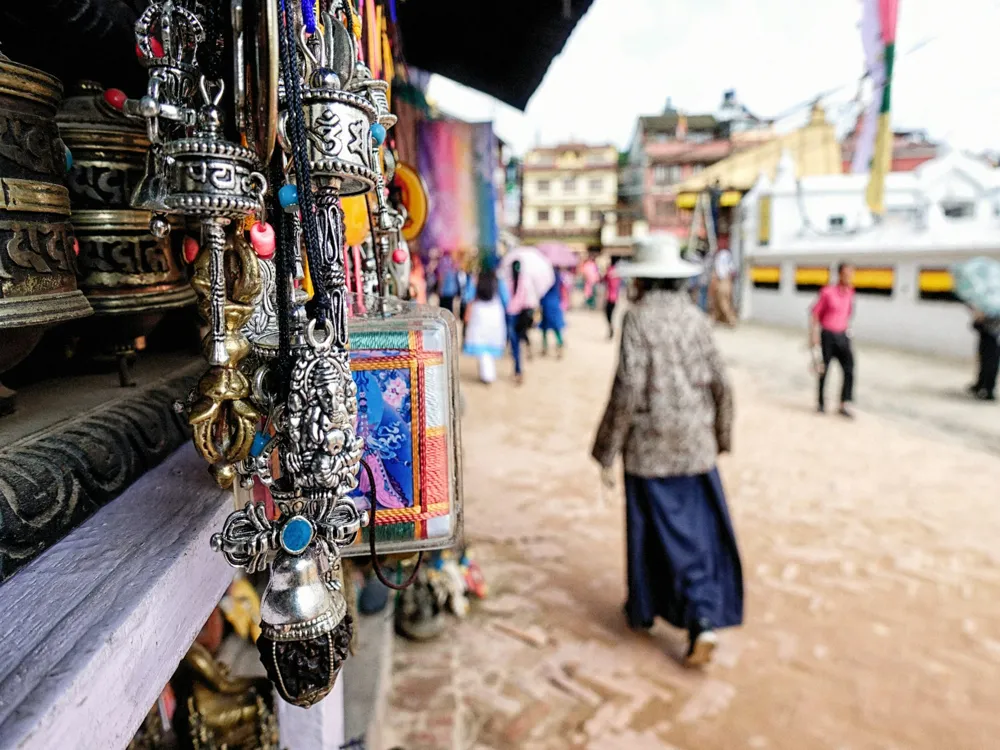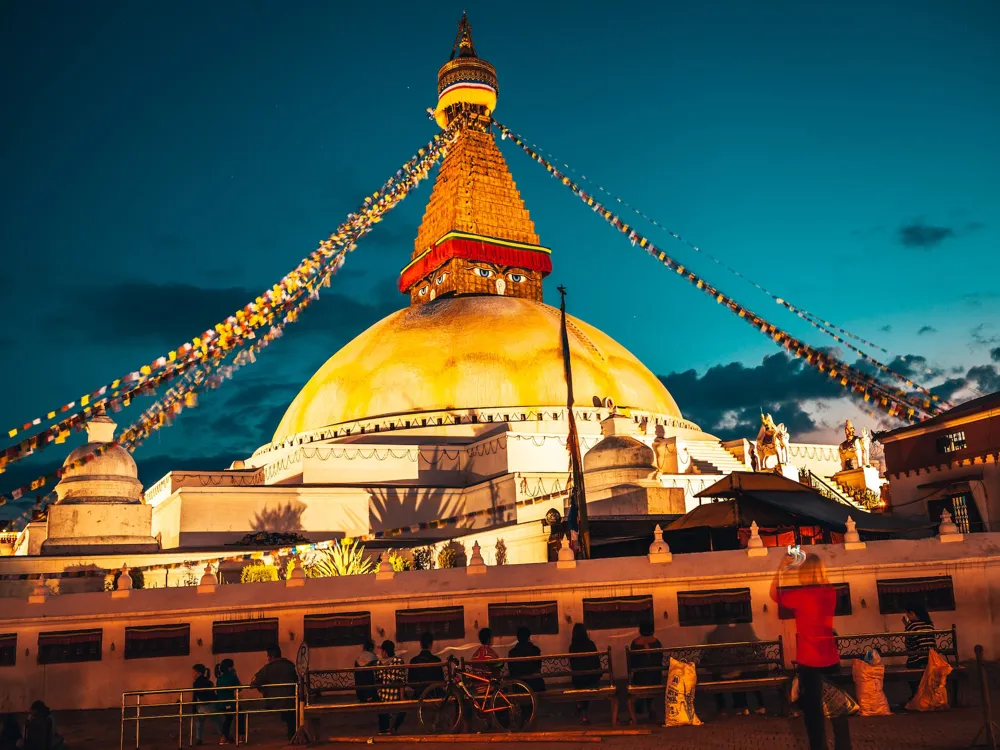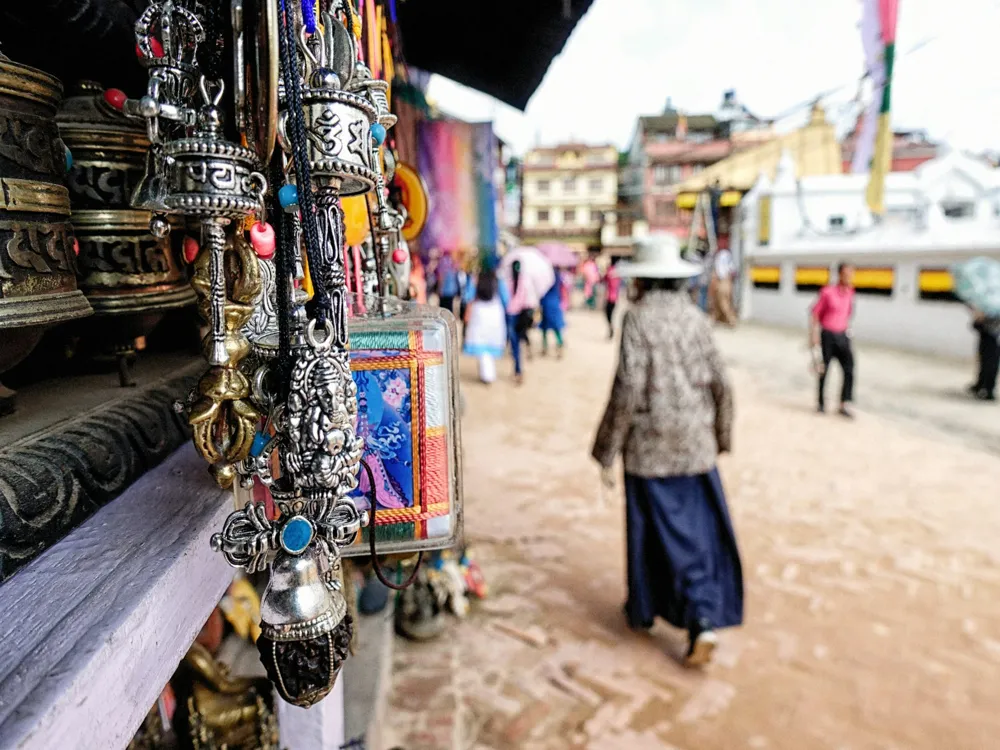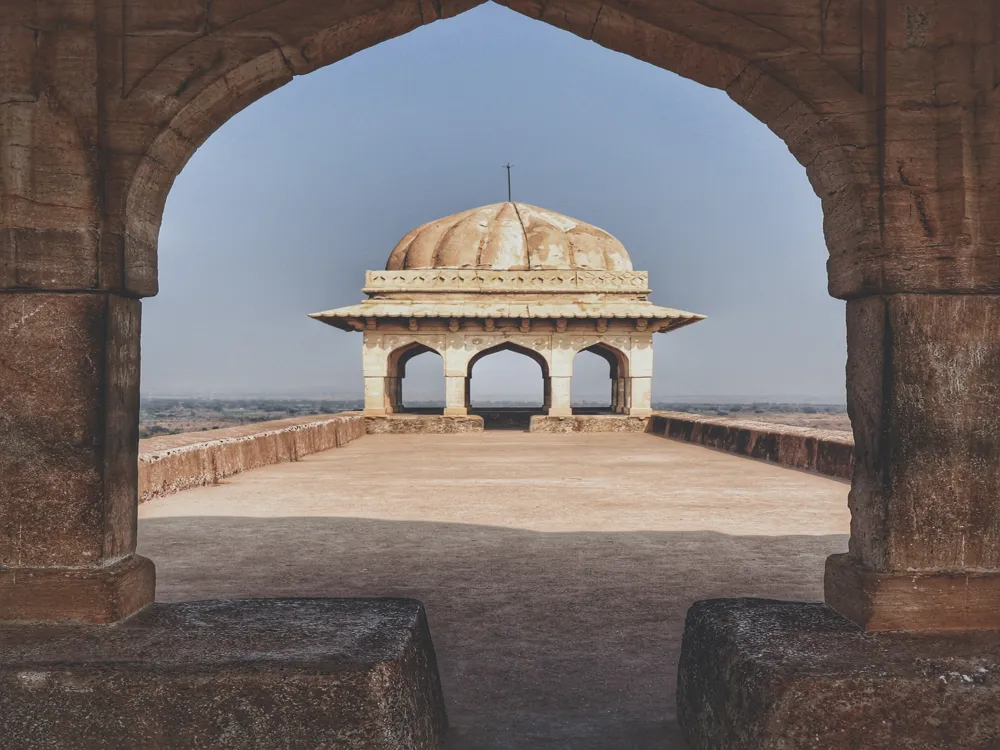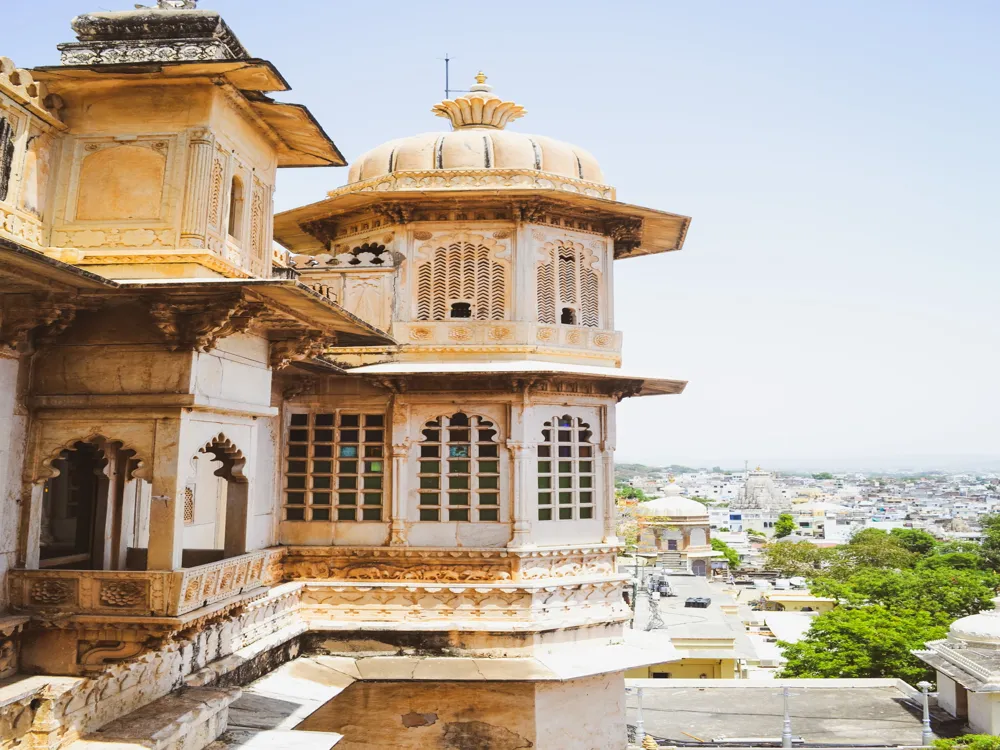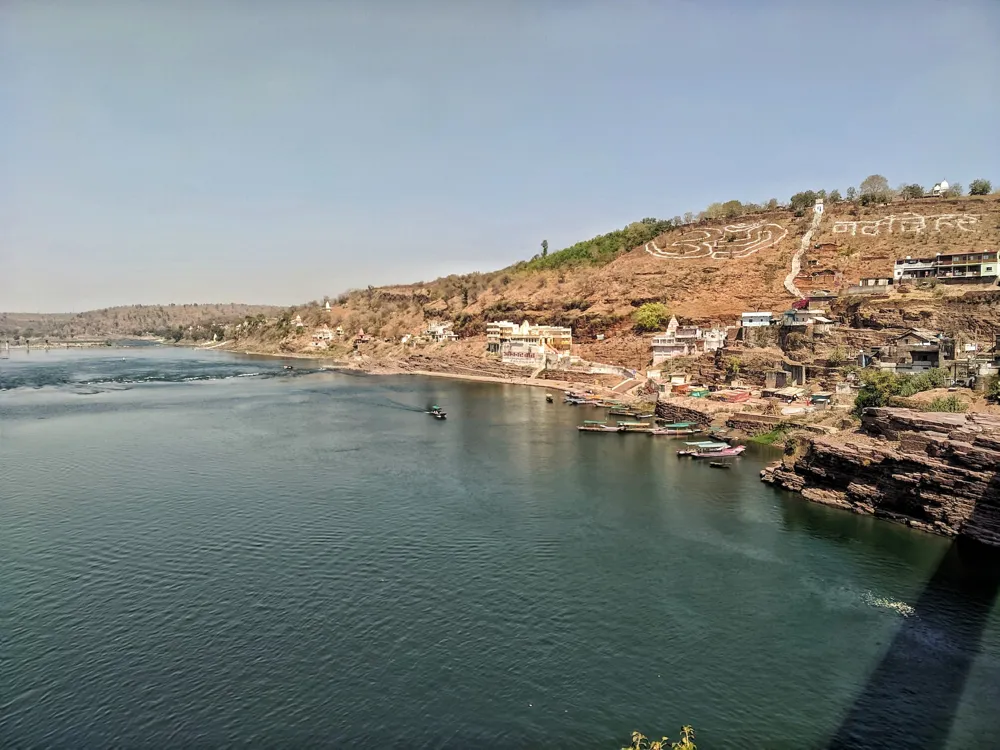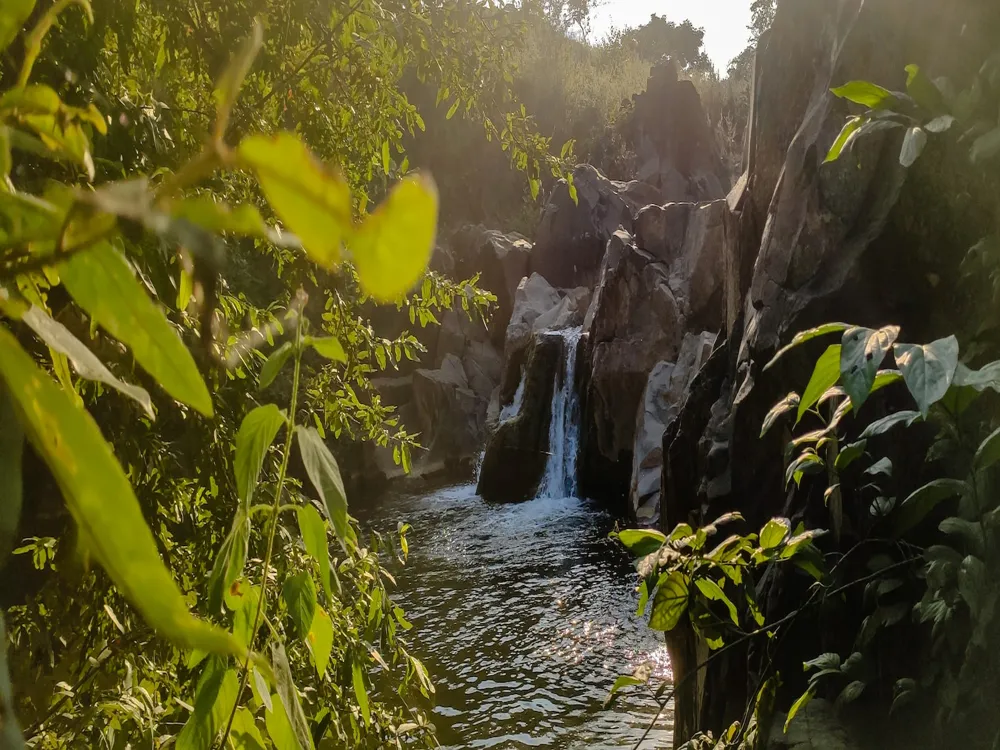Nestled in the heart of Nepal's vibrant capital, Kathmandu, the Royal Botanical Gardens present a serene retreat from the bustling city life. Established in the early 20th century, these gardens are a testament to the rich botanical diversity and natural beauty of Nepal. The Royal Botanical Gardens, spread over a vast area, offer a splendid array of flora, coupled with a tranquil ambiance that captivates both nature enthusiasts and casual visitors alike. The gardens boast a diverse collection of plants, including a range of native and exotic species. One can find a variety of orchids, cacti, ferns, and medicinal plants, each offering a unique glimpse into the botanical wealth of the region. The layout of the garden is a harmonious blend of traditional Nepalese landscaping and modern botanical garden design, creating an environment that is both educational and aesthetically pleasing. Apart from its botanical significance, the Royal Botanical Gardens also play a crucial role in conservation efforts. The gardens serve as a research center where botanists and researchers study plant species, their growth patterns, and their adaptation to changing environmental conditions. This research contributes significantly to the preservation of Nepal's rich biodiversity and helps in the fight against global environmental challenges. The Royal Botanical Gardens in Kathmandu are not only renowned for their natural beauty but also for their distinctive architecture that reflects Nepal's rich cultural heritage. The design of the gardens is a blend of traditional Nepalese and contemporary architectural styles, creating a space that is both historically significant and modern. The centerpiece of the garden's architecture is the traditional Nepalese pavilion. This pavilion, with its intricately carved wooden details and classic pagoda-style roof, stands as a symbol of Nepalese craftsmanship. The pavilion is often used for cultural events and exhibitions, making it a focal point for visitors. Surrounding the pavilion are various other structures that showcase the architectural diversity of Nepal. These include a series of smaller pagodas, water features, and stone pathways that meander through the gardens. The use of local materials such as stone, wood, and terracotta tiles in these structures not only adds to the aesthetic appeal but also demonstrates a commitment to sustainable and eco-friendly practices. The layout of the gardens is meticulously planned to ensure a harmonious balance between the built environment and the natural surroundings. The walkways are strategically placed to offer stunning views of the plant collections, while the placement of benches and rest areas provides spaces for relaxation and contemplation. This thoughtful design creates a seamless integration of architecture and nature, making the Royal Botanical Gardens a unique and enchanting destination in Kathmandu. The ideal time to visit the Royal Botanical Gardens is during the spring (March to May) and autumn (September to November) months. During these periods, the weather in Kathmandu is pleasant, and the gardens are in full bloom, offering a spectacular display of colors and fragrances. Opting for a guided tour can enhance your experience at the Royal Botanical Gardens. Knowledgeable guides provide insights into the history, architecture, and botanical aspects of the gardens, making your visit both informative and enjoyable. The gardens offer numerous photogenic spots, perfect for both amateur and professional photographers. However, it's important to respect the garden's rules regarding photography and avoid damaging the plants or disrupting other visitors. While there are limited refreshment options inside the gardens, visitors can find small cafes and eateries nearby. It's advisable to carry water and light snacks. Additionally, ensure to make use of the restrooms at the entrance as facilities inside the garden are sparse. As a visitor, it's crucial to respect the environment of the Royal Botanical Gardens. This includes not littering, staying on designated paths, and not picking flowers or damaging plant life. Reaching the Royal Botanical Gardens in Kathmandu is relatively straightforward, whether you're a local or a tourist. The gardens are located at a convenient distance from the city center and are accessible by various modes of transportation. For those preferring public transport, local buses and taxis are readily available and offer a cost-effective way to reach the gardens. For visitors looking for more comfort, hiring a private car or a taxi is a recommended option. Additionally, for the adventurous, renting a bicycle or walking to the gardens can be a delightful way to explore the city and its surroundings. Read MoreOverview of Royal Botanical Gardens Kathmandu
Architecture of Royal Botanical Gardens Kathmandu
Tips When Visiting Royal Botanical Gardens Kathmandu
Best Time to Visit
Guided Tours
Photography
Refreshments and Facilities
Respect the Environment
How To Reach Royal Botanical Gardens Kathmandu
Royal Botanical Gardens Kathmandu
Kathmandu
₹ 11,658 onwards
View kathmandu Packages
Weather :
Tags : Garden & Park
Timings : 9:00 AM - 5:00 PM
Entry Fee : Foreign Tourist: NPR 100
SAARC Tourist: NPR 25
Planning a Trip? Ask Your Question
Also Refered As:
Godavari Botanical Gardens
Kathmandu Travel Packages
View All Packages For Kathmandu
Top Hotel Collections for Kathmandu

Private Pool

Luxury Hotels

5-Star Hotels

Pet Friendly
Top Hotels Near Kathmandu
Other Top Ranking Places In Kathmandu
View All Places To Visit In kathmandu
View kathmandu Packages
Weather :
Tags : Garden & Park
Timings : 9:00 AM - 5:00 PM
Entry Fee : Foreign Tourist: NPR 100
SAARC Tourist: NPR 25
Planning a Trip? Ask Your Question
Also Refered As:
Godavari Botanical Gardens
Kathmandu Travel Packages
View All Packages For Kathmandu
Top Hotel Collections for Kathmandu

Private Pool

Luxury Hotels

5-Star Hotels

Pet Friendly







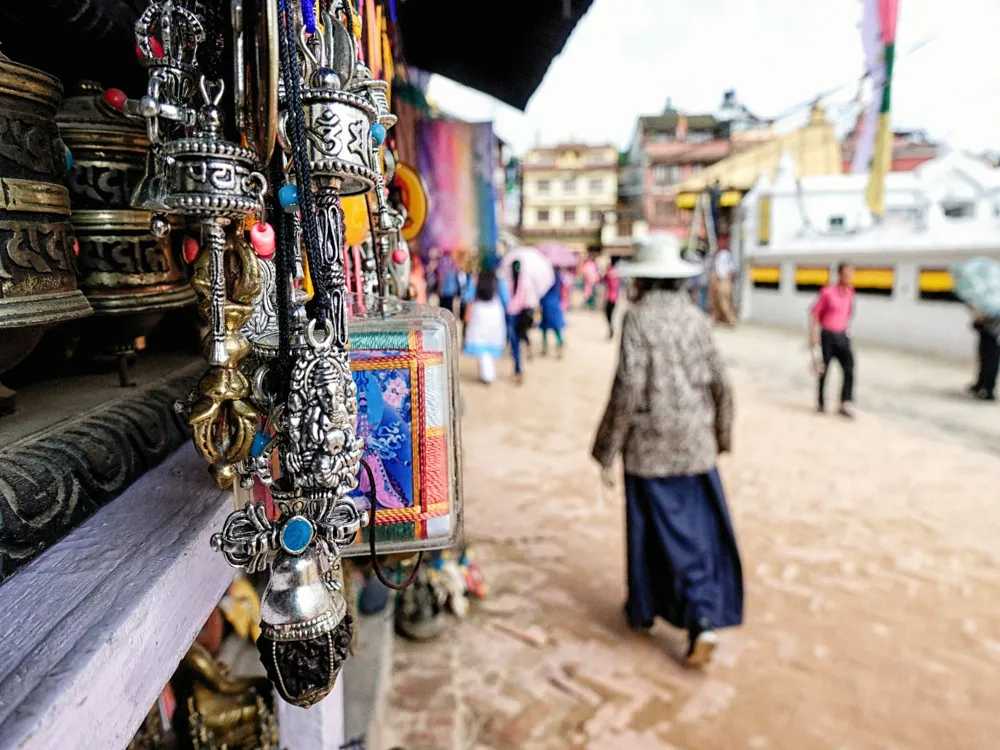
/asan-bazar-asan-tole-slider-1.webp)
